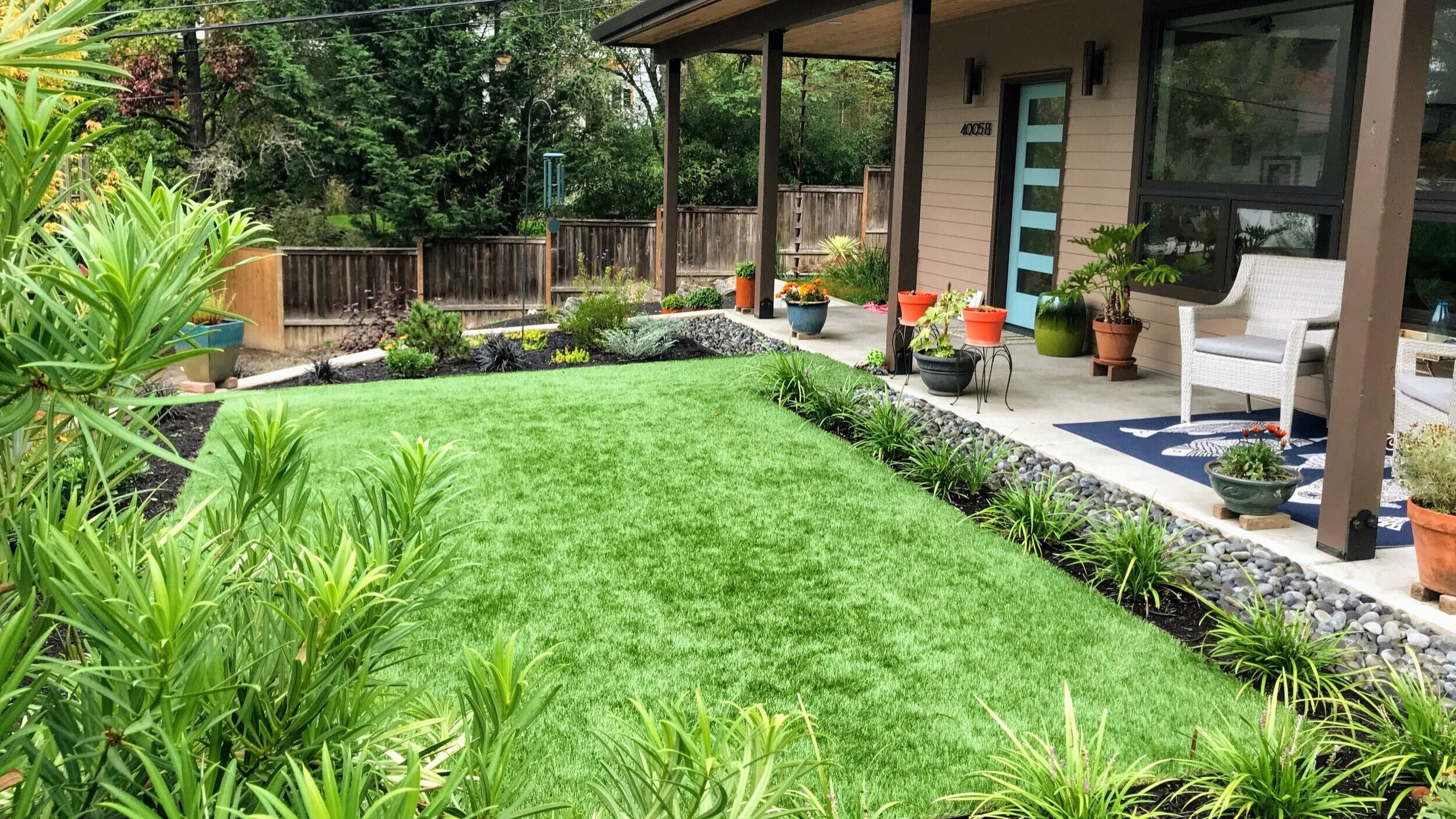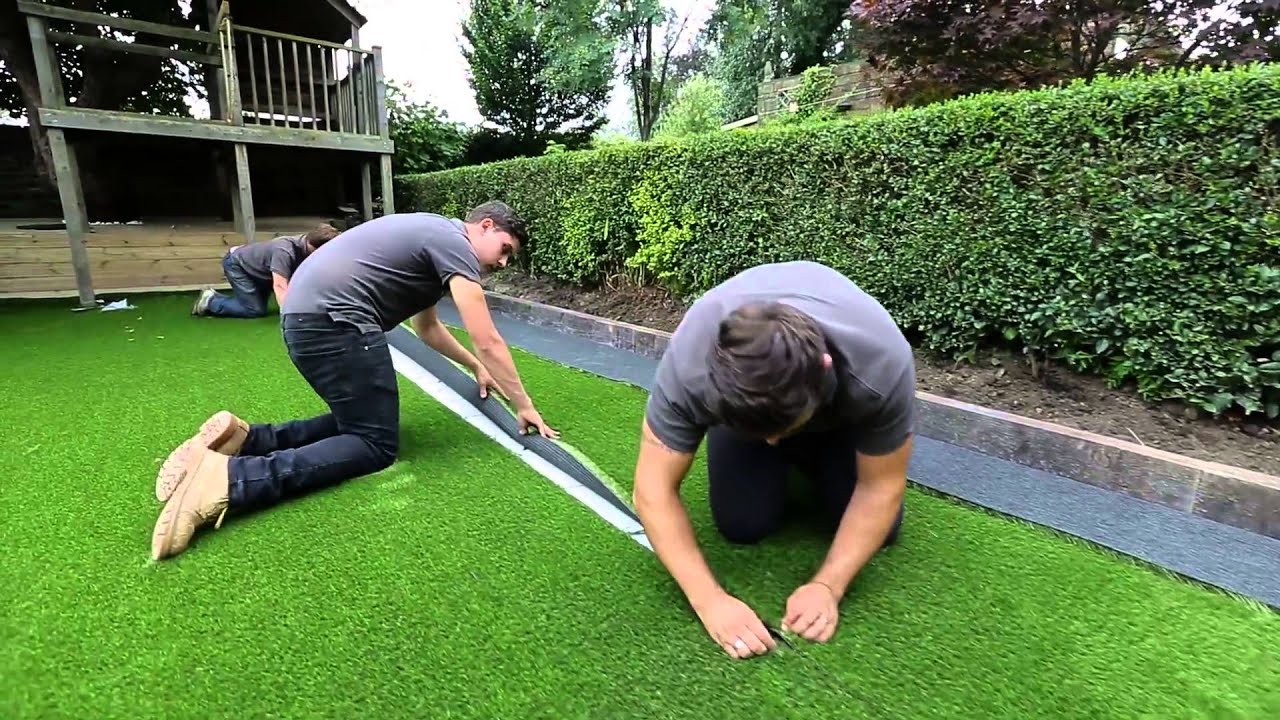Trusted Phoenix Turf Companies Offering Superior Synthetic Grass Installation
Trusted Phoenix Turf Companies Offering Superior Synthetic Grass Installation
Blog Article
Delve Into the Environmental Benefits of Opting for Synthetic Grass Solutions
The adoption of artificial turf remedies provides an engaging opportunity to resolve pushing environmental obstacles. By substantially reducing water usage and decreasing the application of hazardous chemicals, these alternatives not just advertise sustainable landscaping yet likewise safeguard local ecosystems. Moreover, the reduced carbon impact associated with lowered upkeep activities adds to a much more sustainable strategy to land monitoring. Nonetheless, the ramifications of these benefits expand beyond plain conservation initiatives, questioning concerning their long-lasting influence on habitat conservation and overall eco-friendly balance. Exploring these dimensions discloses a complex interaction worth considering.
Water Conservation Perks
One of the most substantial benefits of synthetic turf is its capacity to preserve water. In contrast, artificial lawn does not need watering, considerably reducing the total need for water resources.
By removing the need for routine watering, synthetic grass contributes to lasting landscape techniques and helps reduce the ecological influence of excessive water consumption. Additionally, the preservation of water expands to the reduction of runoff, which can result in soil erosion and river air pollution.
Additionally, the setup of synthetic grass enables home owners and municipalities to allocate water resources more successfully, concentrating on important usages such as drinking water and farming. The change towards synthetic grass not only promotes liable water use yet likewise lines up with wider environmental objectives focused on protecting natural resources.
As areas progressively focus on sustainability, the water conservation advantages of fabricated lawn provide a compelling instance for its fostering in business and domestic landscaping tasks.
Minimized Chemical Usage
The change to man-made turf significantly lowers the dependence on chemical treatments commonly utilized in natural yard maintenance. Traditional grass management typically entails the application of fertilizers, chemicals, and herbicides to promote growth and control bugs. These chemicals can position risks to human health, local wildlife, and the setting, adding to soil and water contamination.
On the other hand, synthetic grass gets rid of the demand for these damaging materials. Once set up, it needs minimal upkeep, largely consisting of regular cleaning and occasional infill replenishment. This decrease in chemical use not only benefits the instant setting but likewise adds to more comprehensive environmental security. By decreasing the release of synthetic compounds right into the ecological community, artificial grass promotes much healthier dirt and water supply.
Furthermore, the absence of chemical overflow connected with synthetic grass installations aids protect regional waterways from contamination, supporting aquatic life and maintaining biodiversity. Turf installation phoenix az. As communities increasingly focus on lasting techniques, deciding for man-made grass provides a viable solution that straightens with ecological conservation goals. Via this shift, property proprietors can enjoy lavish eco-friendly spaces without compromising eco-friendly health and wellness, paving the means for a much more sustainable future
Reduced Carbon Footprint

Furthermore, the setup of synthetic grass can lead to significant water conservation. Natural yards call for considerable amounts of water for irrigation, which not just includes in the carbon impact related Related Site to water extraction and therapy yet additionally strains regional water resources. On the other hand, synthetic grass needs very little upkeep, calling for no watering, thereby considerably minimizing water use and its associated power prices.
In addition, the long life of synthetic grass contributes to its lower carbon effect. With a lifespan of approximately 15 years or more, the requirement for regular substitutes is lessened, resulting in much less waste and reduced energy usage in manufacturing and disposing of conventional turf alternatives. Overall, artificial turf offers a lasting choice for ecologically conscious landscape design.
Environment Conservation
Environment preservation is a vital consideration in the debate over landscape design options, especially when comparing artificial lawn to natural grass. All-natural lawn lawns frequently require considerable upkeep, including the usage of herbicides, pesticides, and plant foods, which can negatively impact neighborhood environments. These chemicals can leach right into the soil and rivers, harming indigenous flora and animals and disrupting neighborhood habitats.
Artificial turf eliminates the need for unsafe chemicals, therefore protecting nearby wildlife and maintaining the integrity of surrounding environments. The setup of man-made turf can lead to the conversion of previous grass areas right into more biodiverse landscapes, such as pollinator gardens or native plant locations, which can sustain regional wildlife.
Ultimately, the transition to synthetic grass not just saves water and minimizes maintenance efforts yet additionally promotes an extra unified connection between human activities and the natural surroundings, promoting environment preservation in the process.
Long-Term Sustainability
Long-term sustainability is an important consider assessing the benefits of man-made grass over traditional yard yards. One of one of the most considerable benefits of artificial lawn is its longevity; it can last as much as 15-20 years with minimal upkeep, whereas natural yard needs frequent reseeding and substitute. This longevity reduces the need for constant resources, such as water, plant foods, and pesticides, which are necessary for preserving a healthy grass yard.
Furthermore, synthetic grass contributes to a reduction in carbon discharges related to yard care equipment. Typical lawns usually require gas-powered mowers, leaners, and over at this website blowers, every one of which contribute to air pollution. Artificial turf companies phoenix. On the other hand, artificial grass removes the need for such devices, advertising a cleaner environment
Additionally, the manufacturing of synthetic grass significantly makes use of recycled materials, improving its sustainability account. As manufacturers adopt environmentally friendly methods, the environmental footprint of fabricated lawn remains to decrease.

Verdict
The fostering of fabricated lawn solutions presents significant ecological benefits, consisting of significant water preservation, lowered dependence on unsafe chemicals, and a reduced carbon impact. Man-made turf help in maintaining all-natural environments by reducing land disturbance and advertising long-lasting sustainability through the use of sturdy products. Collectively, these aspects emphasize the possibility of synthetic grass to add positively to environmental wellness and use a practical alternative to typical landscaping practices in a significantly resource-conscious globe.
In contrast, fabricated grass does not need watering, dramatically minimizing the overall need for water resources. By lessening the release of artificial compounds into the ecosystem, man-made turf advertises much healthier soil and water systems.
In addition, the installation of fabricated grass can result in significant water preservation. In contrast, synthetic lawn needs very little upkeep, requiring no watering, consequently significantly minimizing water use and its associated power prices.

Report this page